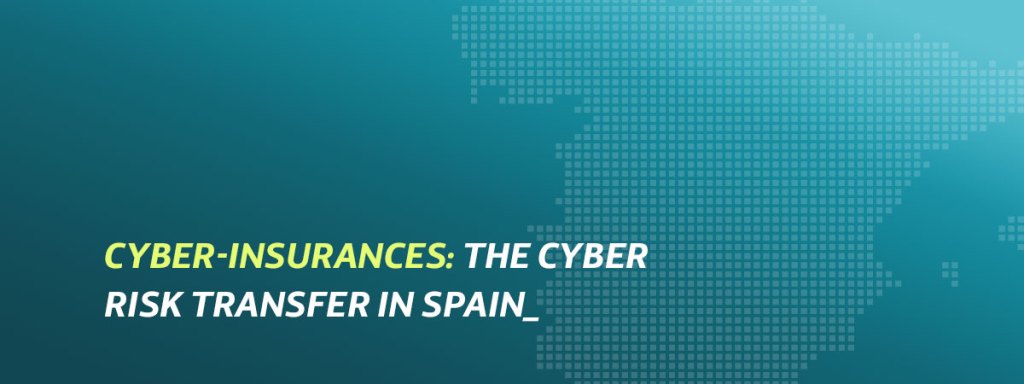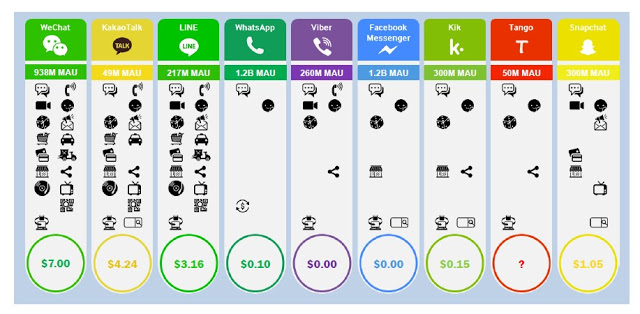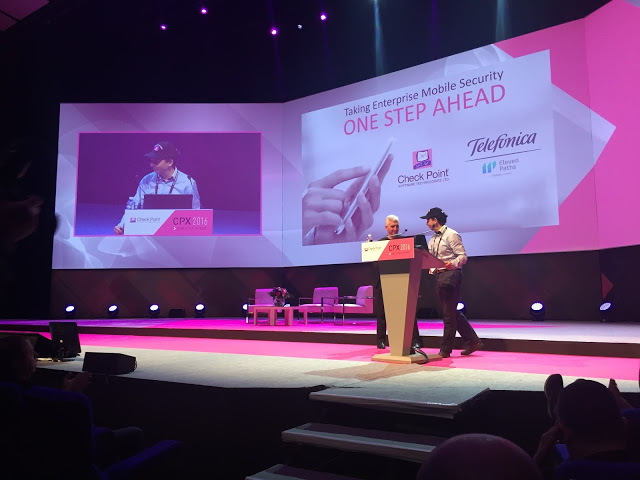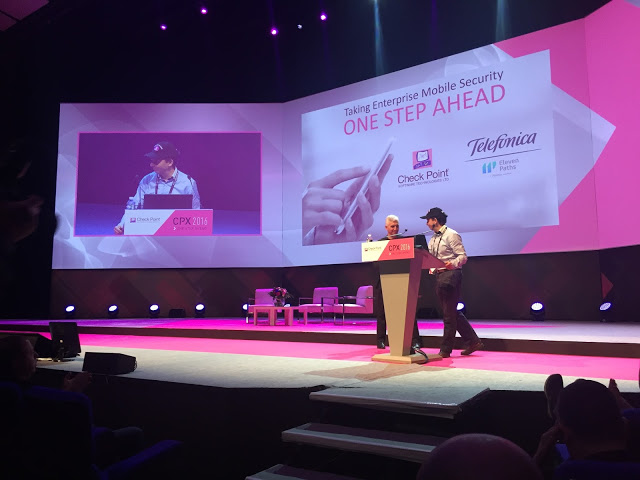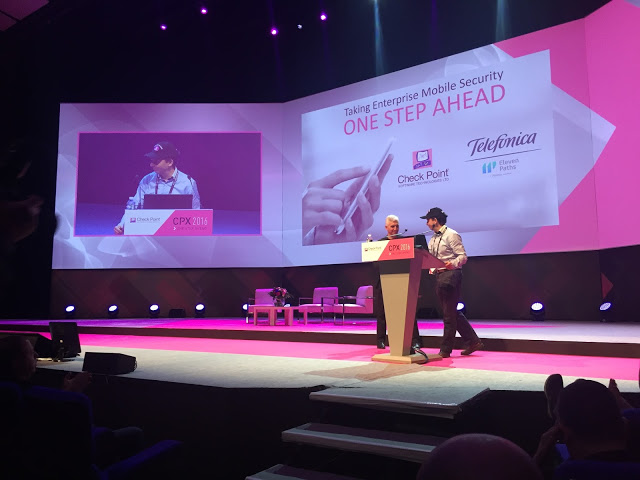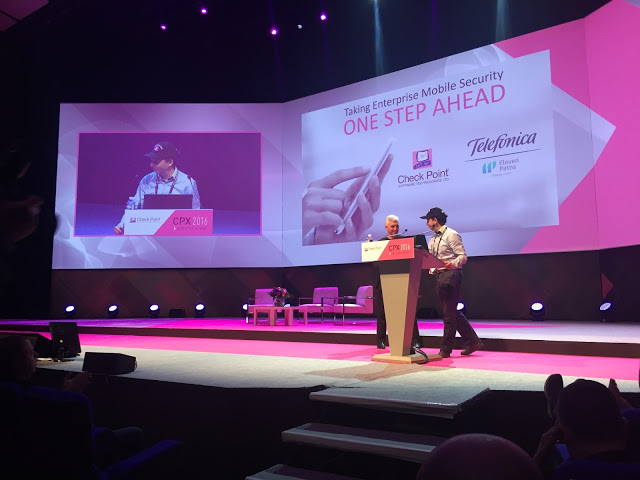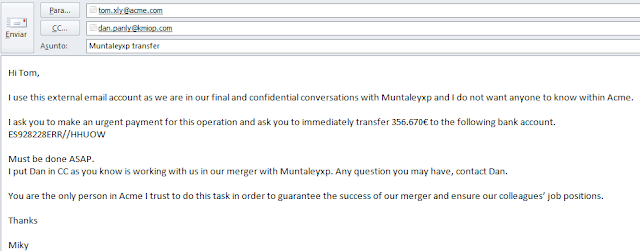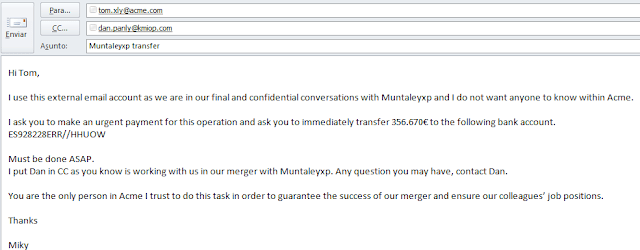In the third Security Day the new alliance with Fortinet and ElevenPaths’s new product integrations with Check Point and Spamina solutions to evolve their technologies were presented.
Madrid, 26th May. The Security Day, celebrated on 26th May, 2016 in Madrid under the theme Security Evolution, is the stage where every year ElevenPaths, Telefonica cybersecurity subsidiary, presents its new technological integrations together with its experts and partners. During the last three years the event has become a reference in cybersecurity and ICT sector at the national level.
Chema Alonso, ElevenPaths’ CEO, presented the new partnership signed with Fortinet to integrate the Faast tool with WAF systems, allowing to hot patch vulnerabilities and, for the first time, show the joint functioning of RSA and PaloAlto technologies with SandaS platform to automate the response to security incidents. Besides, as a result of our collaboration with ICC (Industrial Cybersecurity Center), SandaS GRC now offers tools to satisfy compliance with the latest safety regulations in the control of industrial systems and SCADA.
ElevenPaths made reference to its recent agreement with Check Point to offer the latest generation mobile security thanks to the integration of Tacyt, a cyber-intelligence tool against mobile threats, with the Mobile Threat Protection solution; and the new integration of Latch with Clean Email platform by Spamina, thanks to which its users will get an extra safety layer in their digital identities management.
Telefonica’s Cybersecurity brand expanded its portfolio of preventive solutions against sensitive information leakage in digital files with solutions for Exchange Server and Office 365. It has also presented VAMPS powered by Faast for IoT, its security audit system for the Internet of things.
More information www.elevenpaths.com


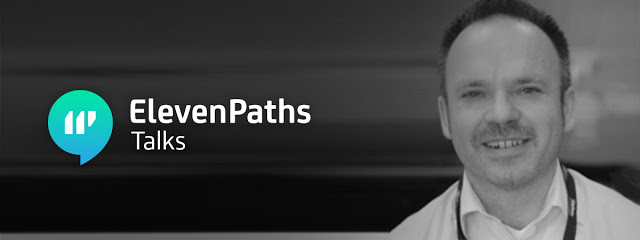
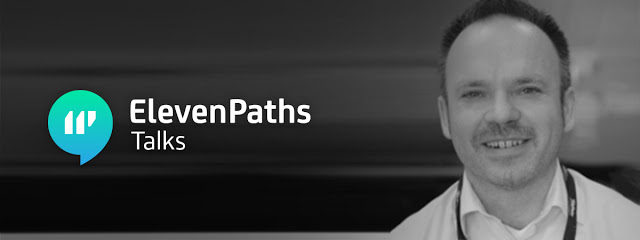




![[New report] “Cyber-insurance: cyber risk transfer in Spain”](https://business.blogthinkbig.com/wp-content/uploads/sites/2/2019/04/blog_informe_ciberseguros_EN.jpg)
